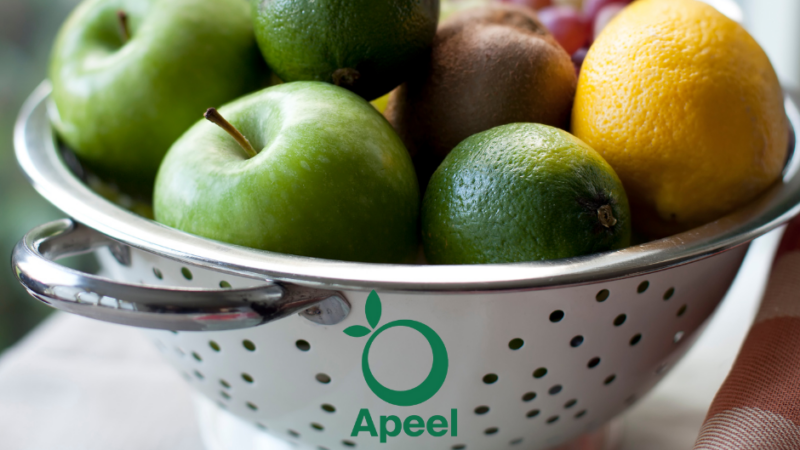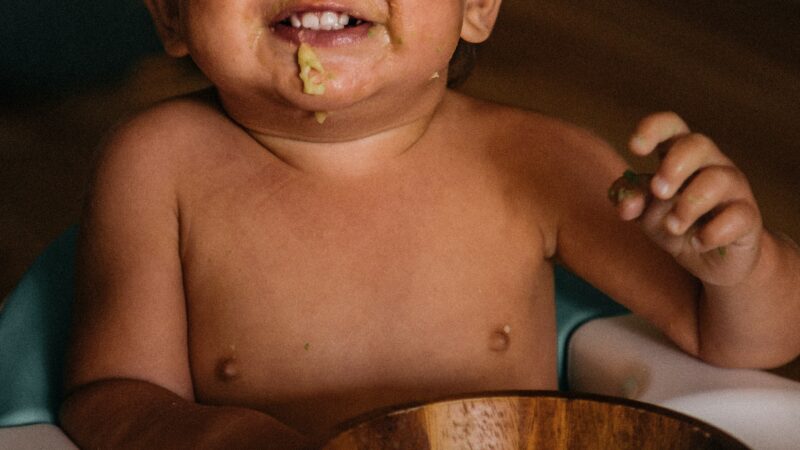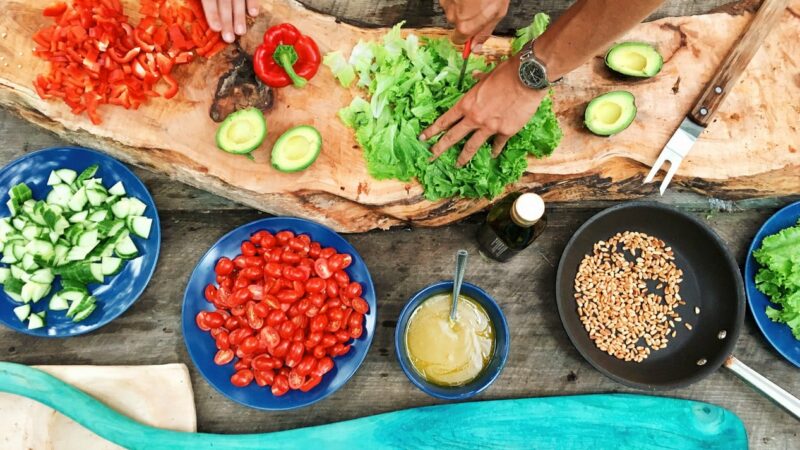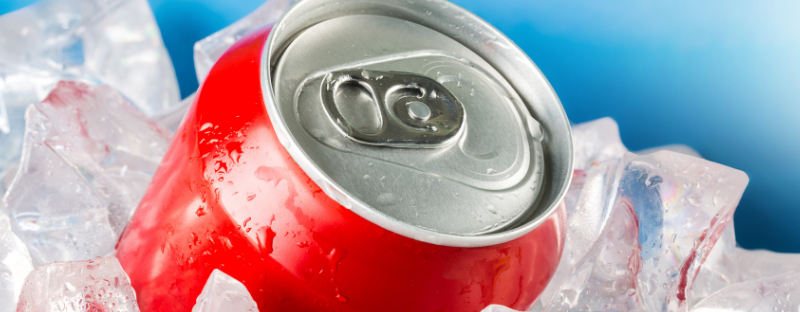Are Your Plant Containers Leaching Toxins Into Your Food?
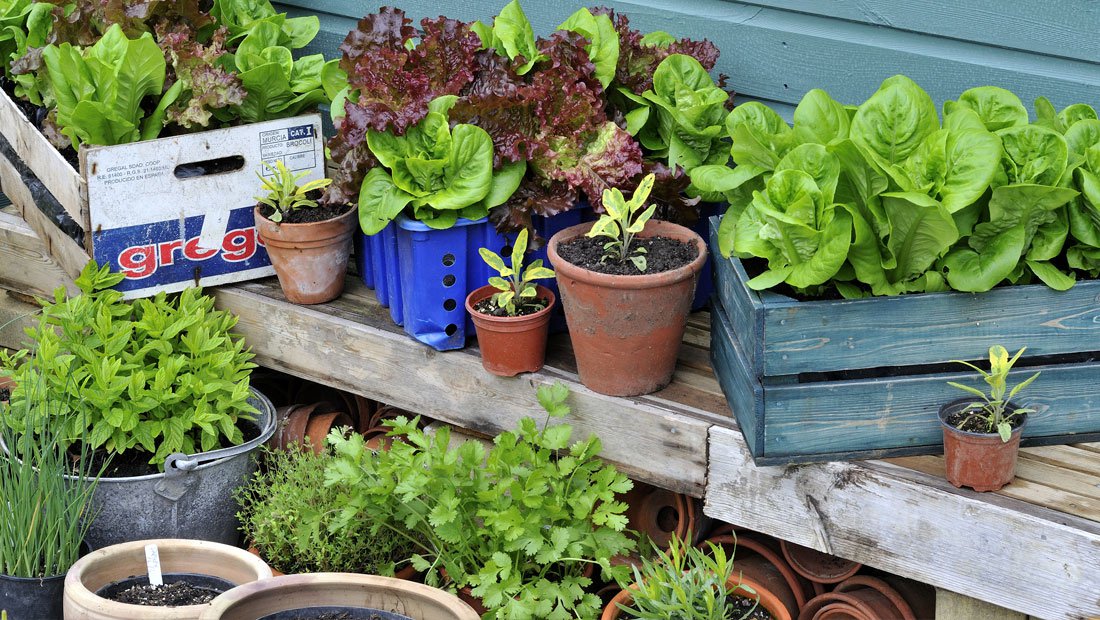
Plastic
Lightweight, and nearly indestructible, plastics have been the magic answer to a myriad of storage, transportation, and packaging dilemmas. Our world is swimming in plastics, and when we get the chance, it’s nice to be able to recycle them. But many plastics— particularly when they’re exposed to sunlight, water, and high temperatures—leach toxic chemicals like bisphenol A (or BPA), vinyl chloride, or phthalates which are hazardous to human health. Higher density plastics, such as those used to make yogurt pots, soda bottles, and rigid containers like cups, bowls, and planting pots are more stable, and therefore safer to use. Check the underside of containers to determine their suitability: numbers 1, 2, 4, and 5 are a good choice for planting edibles. Others are not.
Ceramic
Possibly the classiest choice for a planter, ceramic is practical as well. It’s durable, breathable, and generally made from natural ingredients (mostly clay). Ceramic has its own suite of challenges for the container gardener, but transferring harmful substances is, thankfully, not one of them—unless you opt for glazed ceramics. Colorful, glossy ceramic pots are coated with glazes that may contain lead oxides.
Wood
An untreated wooden box is an excellent container for edibles except for the fact that, given time, it will rot. Slap on some stain or preservative paint, and things start to get complicated. Many wooden containers sold to gardeners are pressure treated to increase their lifespan and ability to stand up to moisture. The chemicals forced into wood during the pressure treating process (copper, chromium, and arsenic—also known as CCA) arrest decay and generally don’t leach into soils much after the first initial rain. Arsenic isn’t something you want to build up in your garden soil, however.
To minimize any chemical movement, scrub or power wash wood prior to usage. Older, salvaged wood containers like whiskey barrels or window boxes have also usually been treated with CCA. If you’re working with a more fragile, antique container, add a plastic liner (see above) before planting to keep any residual leaching in check. If you choose to decorate your own wooden container, select paints, glazes, or oils that are marked with a nontoxic label.
Prior to the 1980s, use of lead paint was widespread—particularly on outdoor surfaces exposed to wind, sun, and rain. Lead paint will chip and flake as it ages, letting it dissolve into soil, soa good way to assess whether that antique bucket has been coated in it is to look for lead paint’s characteristic cracking pattern. To go completely au naturel, use wood that is rot resistant and requires no treatment at all: Cedar is the perfect pick.
This article originally appeared at: http://www.rodalesorganiclife.com/garden/are-your-plant-containers-leaching-toxins-your-food.

